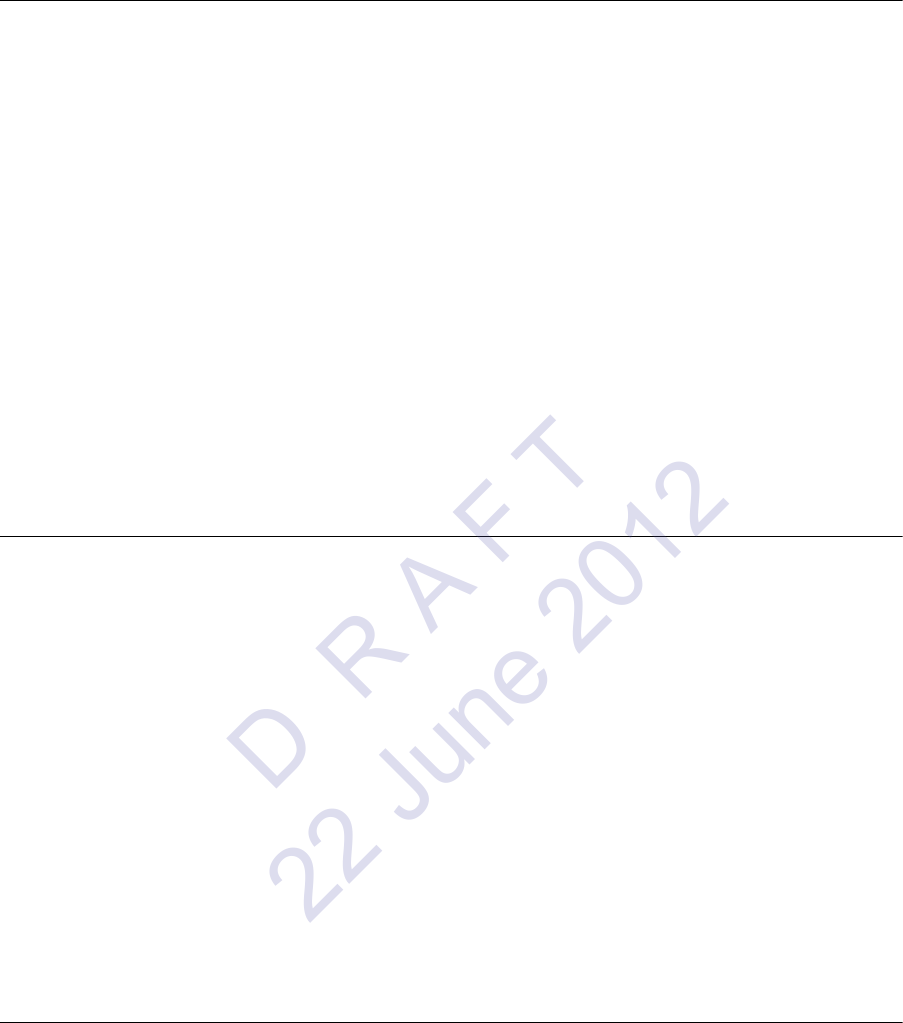User's Manual
Table Of Contents
- Telemetry Transmitter
- Table of Contents
- Conventions Used in This Manual 1-1
- Nurses 1-7
- Monitor Technicians 1-7
- Biomedical Engineers 1-7
- Physicians 1-7
- Patients 1-7
- Sources of Interference 1-8
- Potential Sources of Damage 1-8
- Optional Leadwire Grouper 2-3
- Leadwire Color Codes 2-4
- Telemetry Channel Label 2-5
- Adult Electrode Placement 3-3
- Lead Fault Indication 3-4
- Noise Detection 3-4
- False Alarms 3-5
- Traditional Pulse Oximetry 3-5
- Electrodes, Leadwires, Sensors, and Sensor Cables 3-7
- Electrodes, Leadwires, Sensors and Sensor Cables 3-8
- Spacelabs Healthcare Technology 3-13
- Additional Information for Telemetry Products 3-13
- Telemetry 3-13
- Heart Rate Averaging 3-13
- Spacelabs Healthcare SpO2 Sensors 3-18
- Additional Information 3-18
- Transmitter Batteries 4-1
- Host Monitors 4-2
- Telemetry Receiver Module 4-2
- Assigning a Telemetry Channel 4-3
- Top, Front and Bottom View (96281-C) 4-4
- Rear View (96281-C) 4-5
- Front View (96281-A) 4-6
- Battery Compartment (96281-A, 96281-B, 96281-C) 4-7
- ECG 4-12
- SpO2 4-14
- Cleaning/Disinfecting 5-1
- Recommended Cleaning Solutions 5-2
- Basic Cleaning and Low-level Disinfection 5-3
- Cleaning ECG Leadwires 5-3
- Cleaning Buttons 5-3
- Cleaning the Battery Cover 5-3
- Table 1—Electromagnetic Emmissions A-1
- Table 2—Electromagnetic Immunity A-2
- Table 2—Electromagnetic Immunity (continued) A-3
- Table 3—Separation Distances A-4
- Introduction
- About the Transmitters
- ECG and SpO2
- ECG Overview
- Patient Preparation and Electrode Application
- To Set Up ECG Monitoring
- ECG Problem Solving
- SpO2 Overview
- Warnings and Cautions for SpO2
- Setting Up SpO2 Monitoring
- Ensuring Accurate SpO2 Monitoring
- SpO2 and Pulse Rate Specifications
- Using the Sensorwatch Feature
- Enabling and Adjusting Alarms
- Data Averaging
- Display Details at the Host Monitor
- Printing SpO2 Waveforms
- SpO2 Messages at the Host Monitor
- Sensors
- SpO2 Alarm Delays
- SpO2 Troubleshooting Guide
- Basic Operations
- Getting Started
- Basic Components
- Selecting Options for Leads
- Basic User Actions
- Basic Modes of Operation
- View Mode
- Status Messages at the Host Monitor
- Telemetry Transmitter with ECG Only Troubleshooting Guide
- Telemetry Transmitter with Display Troubleshooting Guide
- Telemetry Transmitter with Display and SpO2 Troubleshooting Guide
- Cleaning, Disinfecting, and Sterilization
- Appendix A — Guidance and Manufacturer’s Declaration
- Appendix B — Symbols

TELEMETRY TRANSMITTER (96281) OPERATIONS MANUAL 1-3
I NTRODUCTION
Relationship to Other Systems
The 96281 telemetry transmitter is related only to Spacelabs Healthcare monitoring systems. Data
collected by the transmitter may be interfaced from the monitoring system to a hospital clinical
information system.
The telemetry transmitter is compatible with the list of receivers that follow:
• Digital Telemetry System Receiver (90478) and Receiver Housing (90479-A, 90479-B,
90479-C)
Refer to Patient Monitoring Operations Documents (P/N 084-1101-xx) and to the Spacelabs
Healthcare Service CD (P/N 070-0700-xx) for information relating to the 90478 and 90479 digital
telemetry systems.
The 90478 receiver interacts with the Ultraview SL 91387-38 or 91387-39 central monitor, and with
Ultraview SL patient monitors.
Note:
Not all products are available in all locales. Check with your local Spacelabs Healthcare
representative.
Intended Use
The Spacelabs Healthcare AriaTele Telemetry Transmitter (96281), when used in conjunction with
a Spacelabs Healthcare Ultraview patient monitor and telemetry receiver, provides a means for the
continuous collection and monitoring of electrocardiographic (ECG) signals in order to detect
abnormal cardiac rhythms, including life-threatening events such as high and low heart rates,
asystole and ventricular fibrillati
on. Optionally, on adult patients, additional abnormal cardiac rhythms such as ventricular runs,
tachycardia and ST-segment deviations are detected.
The 96281 also provides a means for continuous collection and monitoring of SpO
2
.
The 96281 provides an optional display intended to allow clinicians a means to view the SpO
2
and
pulse rate at the patient’s side. The display also provides a snapshot view of the ECG to allow the
clinician to view the patient’s ECG rhythm and quality of signal.
The 96281 is intended for use with either adult, pediatric or neonate populations in a healthcare
facility by, or on the order of, a physician. It is not intended for home use.
Indications for Use
The 96281-A and 96281-B telemetry transmitters are indicated for ECG monitoring of adult,
pediatric and neonatal patients. The 96281-C telemetry transmitter is indicated for ECG and SpO
2
monitoring of adult, pediatric and neonate patient populations.
D R A F T
22 June 2012










